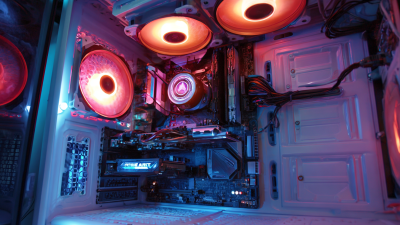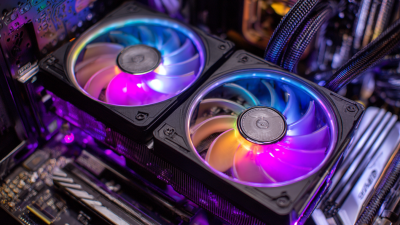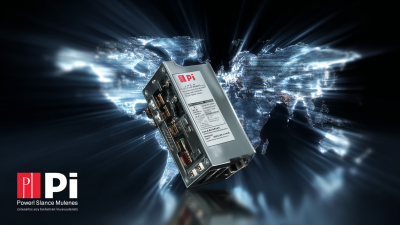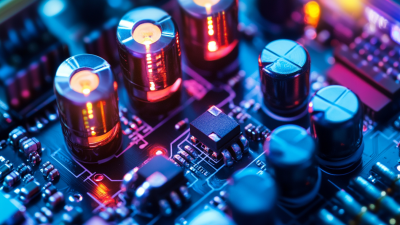Leave Your Message
- Phone
- E-mail
- Whatsapp


Choosing the right gaming PC cases is a critical decision for gamers and PC builders alike, as it not only influences system aesthetics but also impacts cooling efficiency, airflow, and component compatibility. According to a report by Mordor Intelligence, the global gaming hardware market is projected to reach USD 195.65 billion by 2028, underscoring the rising trend of customized gaming setups. With gamers becoming increasingly conscious of performance and design, the case has emerged as a central element in building a powerful machine. The right choice can enhance thermal management, reduce noise, and streamline cable management, essentially providing the foundation for a successful build. This guide will explore 12 essential tips for selecting the perfect gaming PC cases, ensuring your rig is both functional and visually stunning.
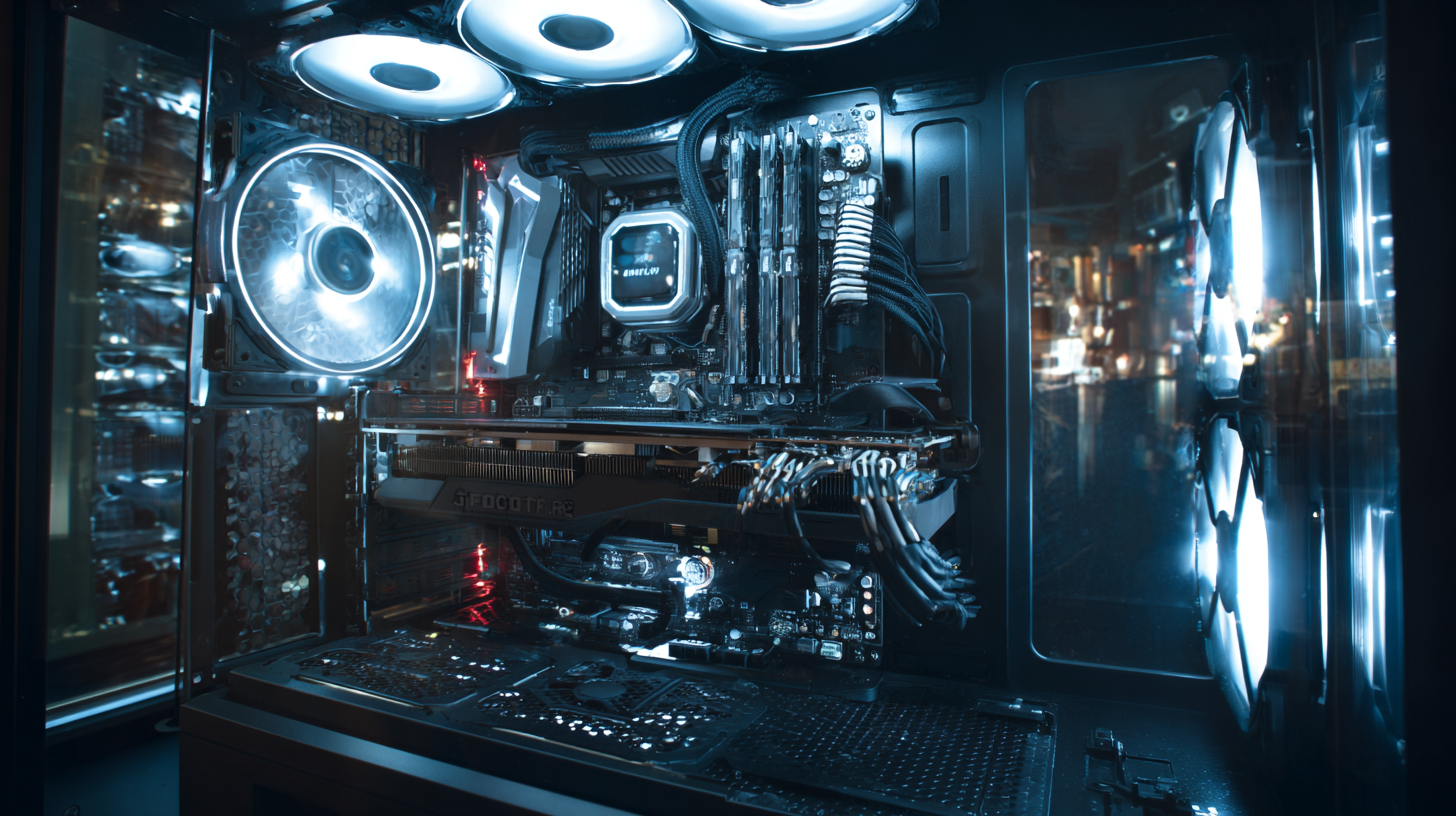
When selecting a gaming PC case, understanding the different types and their specifications is crucial for optimal performance and aesthetics. Gaming PC cases generally come in several form factors, including ATX, Micro-ATX, Mini-ITX, and even the larger E-ATX. According to a report by Jon Peddie Research, the overall PC gaming market is projected to reach over $45 billion by 2026, highlighting the importance of viable hardware choices for gamers. The ATX format remains a popular choice due to its balance of size and expandability, allowing gamers to easily install multiple graphics cards and efficient cooling systems.
Another key aspect to consider is airflow and cooling capabilities. Studies show that approximately 90% of PC gamers prioritize adequate cooling to prolong component lifespan and maintain performance. Cases designed with optimized airflow, featuring multiple fan mounts and mesh panels, are highly recommended. For instance, a recent survey from TechPowerUp indicated that users favor cases with enhanced airflow design, particularly in regions with high temperatures. Understanding your options and the implications of each case type will ensure that your gaming setup not only looks good but also operates efficiently under demanding conditions.
When selecting the perfect gaming PC case, there are three key features to focus on: size, cooling, and design. The size of the case is crucial as it determines the components you can install and the overall aesthetic of your gaming setup. It's essential to choose a case that not only accommodates your motherboard and graphics card but also provides enough space for future upgrades. Smaller cases may appeal for their compactness, but ensure they have adequate room for airflow and cable management to maintain a clean build.
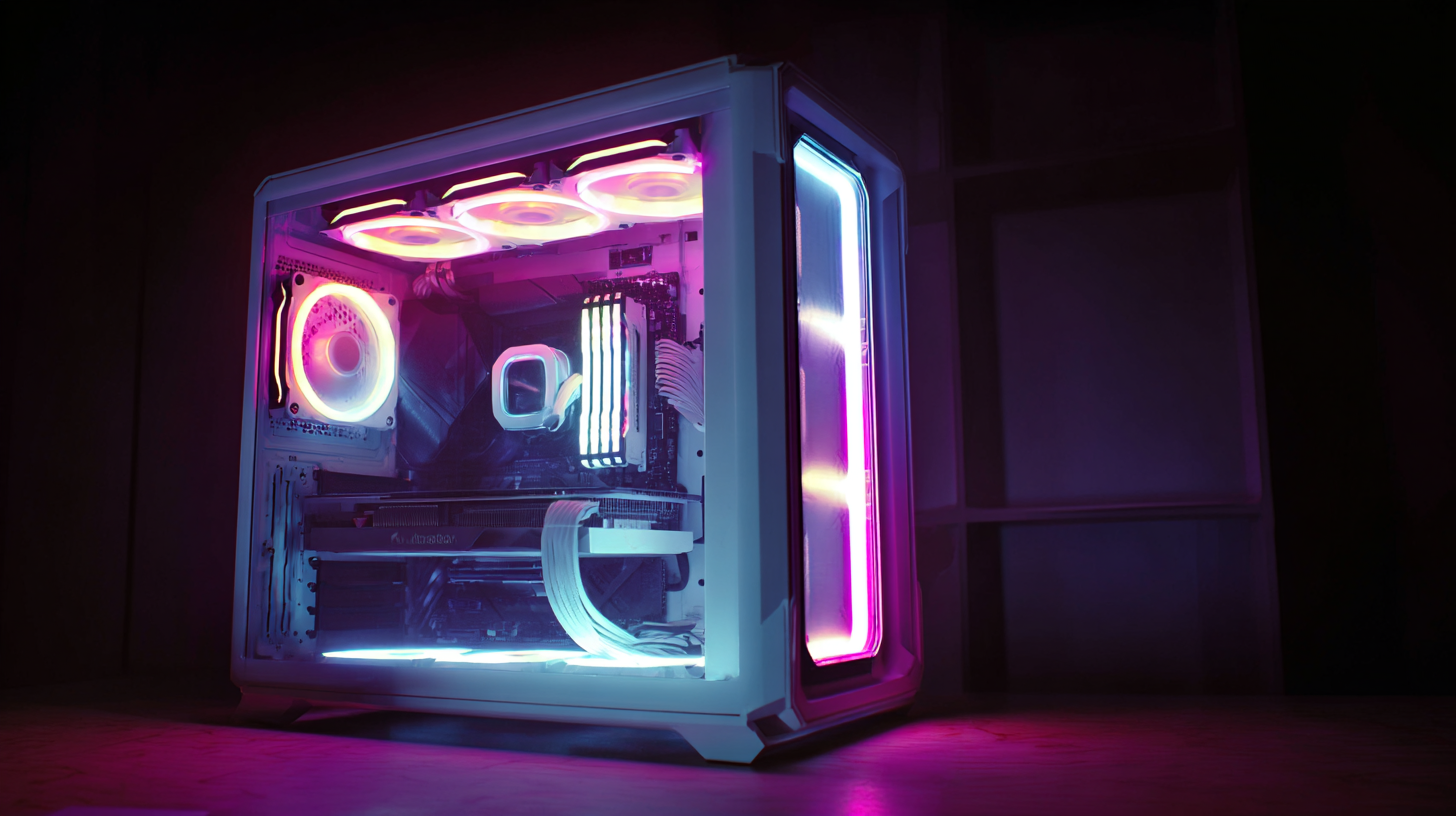
Cooling is another vital consideration. Gaming hardware generates significant heat, and an efficient cooling system is critical to maintain performance and longevity. Look for cases that support multiple fans and have adequate airflow design, including mesh panels and strategic filters for dust control. Liquid cooling compatibility is also a plus, as it can provide both better cooling efficiency and a sleek, modern appearance.
Lastly, design is not just about aesthetics but also functionality. Choose a case that reflects your personal style while allowing for easy access to ports, drive bays, and cable routing options. A sturdy build with tempered glass panels can showcase your components while ensuring durability. By focusing on these essential features, you can select a gaming PC case that not only performs well but also enhances your gaming experience.
When it comes to choosing the perfect gaming PC case, the materials used can significantly impact not only the aesthetics but also the performance and durability of your setup. Metal and plastic are the two primary materials that gamers face when selecting a case. Metal cases, often made of aluminum or steel, provide excellent durability and structural integrity. They offer better heat dissipation than plastic, which can be crucial for high-performance components that generate substantial heat. Furthermore, metal cases often come with a more premium look and feel, catering to gamers who wish to showcase their builds in style.
On the other hand, plastic cases are typically lighter and can be more cost-effective. They offer a variety of designs and colors, allowing for easy customization while still accommodating essential gaming hardware. However, plastic may not provide the same level of protection against impacts or thermal performance as metal cases. Additionally, the build quality can vary greatly among plastic options, so it's important to research and ensure you're investing in a case that will remain sturdy over time.
Ultimately, the choice between metal and plastic cases should align with your gaming needs, budget, and personal aesthetic preferences, ensuring your gaming rig is both visually appealing and functional.
When selecting the ideal gaming PC case, aesthetic considerations such as
RGB lighting and
windowed designs can significantly enhance both the appearance and the overall gaming experience.
According to a recent study by Newzoo, approximately 70% of gamers prefer customizable aesthetics in their gaming setups, with RGB lighting being a top request.
This trend showcases how gamers increasingly view their hardware not just as functional but as a
key component of their personal style and expression.
Windowed designs, which allow users to showcase internal components, have become a staple in the gaming community. Research from
Statista indicates that nearly 65% of gamers believe that the visual appeal of their PC builds is essential for social gaming experiences, especially when sharing on platforms like
Twitch and YouTube. This growing desire for visual engagement has led manufacturers to innovate, offering cases with tempered glass panels and
RGB integration that cater to this market's demands. By choosing a case that highlights both lighting and design, gamers can create an immersive
environment that reflects their passion for gaming.
When considering a gaming PC case, one of the most critical aspects to address is budgeting. Gaming PC cases come in a wide range of prices, influenced by their features, size, and build quality. For entry-level builds, you might find decent cases in the budget category priced between $50 and $90. These often provide the essential functionalities without excessive design features, making them a solid choice for gamers looking to save money.
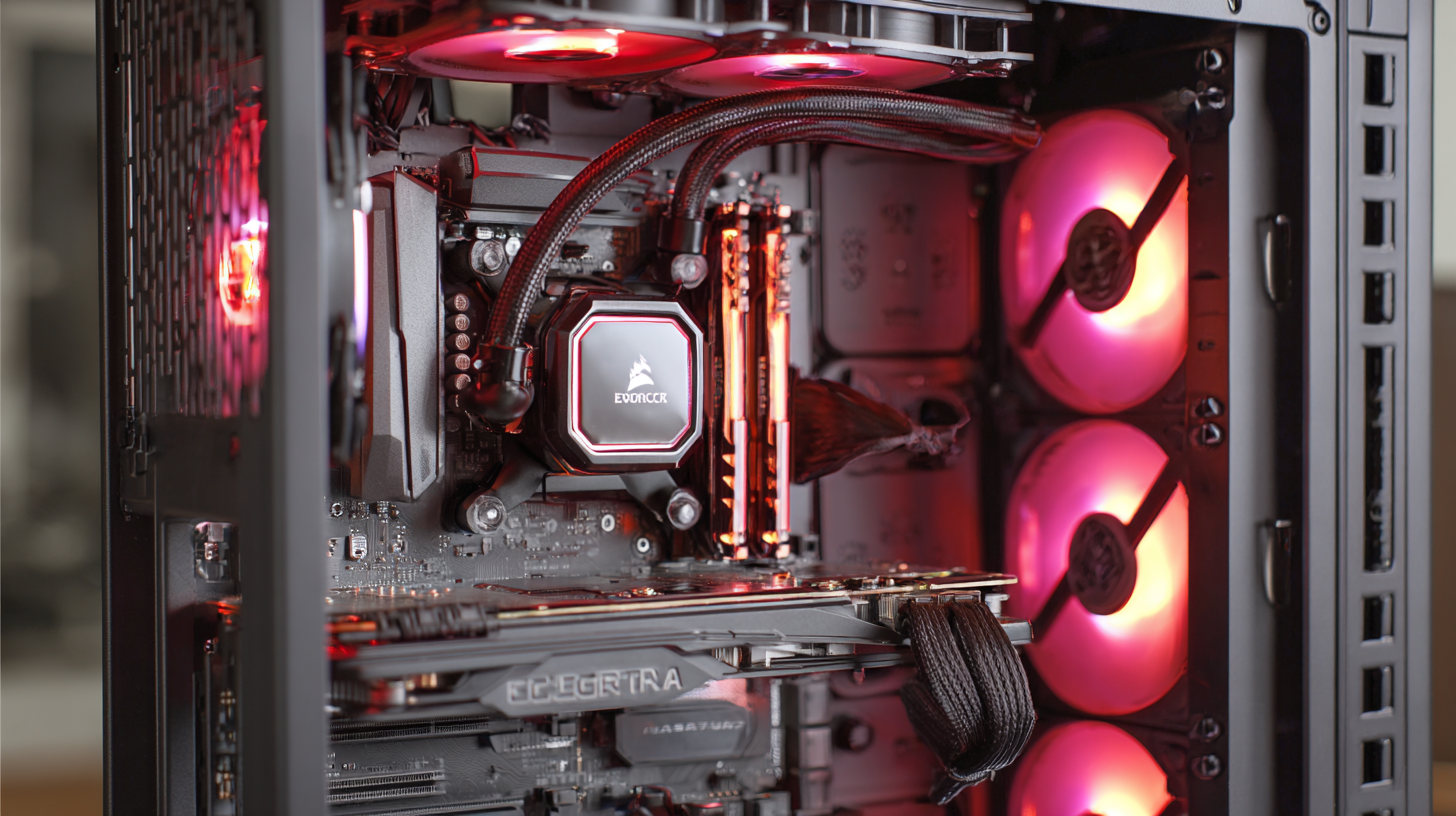
As you move into the mid-range category, cases typically fall between $90 and $150. This price range offers improved thermal management and build quality, catering to gamers who require better performance and aesthetics. If you’re aiming for high-end setups, expect to spend over $150. These premium cases often boast advanced cooling options, customizable lighting, and superior ergonomics. Investing in a good case is not only about aesthetics; it ensures optimal airflow and space for future upgrades, which can be indispensable as technology evolves.
